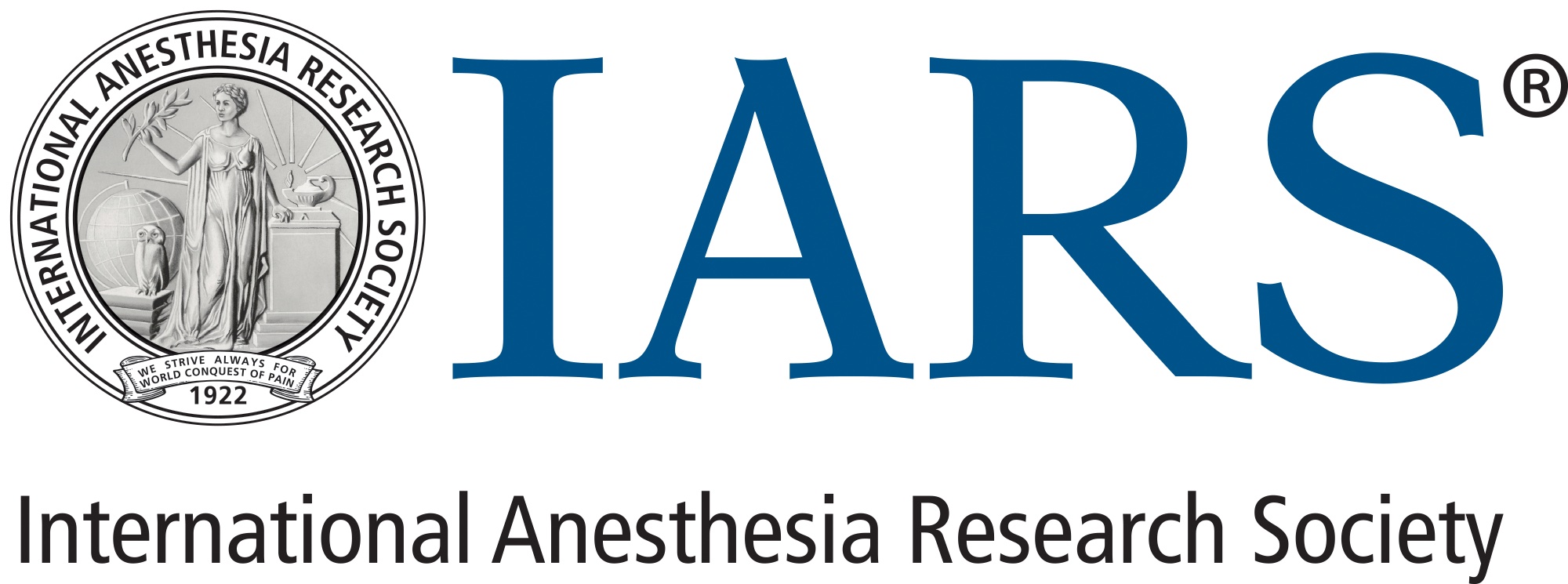Hearts Restarted, Brains Protected: Revolutionizing Resuscitation After Cardiac Arrest
Christian S. Guay, MD
Cutting-edge interventions and improved understanding of postresuscitation physiology are transforming outcomes for cardiac arrest patients. The panel, “Understanding Life after Death: Resuscitation Science Physiology and Neuroprognostication after Cardiac Arrest and State-of-the-Art Interventions,” held on Friday, March 21, at the 2025 Annual Meeting, presented by IARS and SOCCA, brought together three experts who shared innovative approaches that challenge traditional resuscitation paradigms and offer new hope for improved survival with good neurological function.
Johanna Moore, MD, MSc, an emergency physician at Hennepin County Medical Center and a resuscitation scientist, presented on the emerging use of resuscitative endovascular balloon occlusion of the aorta (REBOA) for nontraumatic cardiac arrest. This technique, traditionally associated with trauma management, involves placing an inflatable balloon in the aorta. “REBOA in zone 1 of the aorta, just distal to the innominate artery, optimizes coronary perfusion pressure, defined as the aortic-right atrium pressure difference,” Dr. Moore explained, noting that the target coronary perfusion pressure during resuscitation should exceed 15 mmHg, ideally reaching 25 mmHg.
According to Dr. Moore, REBOA placement is relatively straightforward for practitioners familiar with arterial line placement, requiring threading through a 4F catheter in the femoral artery and typically taking less than 10 minutes. Anesthesiologists in rural Norway have already incorporated REBOA into their cardiac arrest response protocols, with case reports documenting return of responsiveness and consciousness during CPR following REBOA initiation.
Multiple prospective trials comparing advanced cardiac life support (ACLS) versus ACLS plus REBOA are currently underway in Norway, the United Kingdom, and Korea. However, Dr. Moore acknowledged that important questions remain unanswered, including optimal inflation duration (current studies report ranges from 9.5-32 minutes) and patient selection criteria.
Rajat Kalra, MD, a general clinical cardiologist at University of Minnesota, explored the hemodynamic mechanisms underlying venoarterial extracorporeal membrane oxygenation (VA-ECMO) in extracorporeal cardiopulmonary resuscitation (ECPR) and after return of spontaneous circulation (ROSC). Drawing from the University of Minnesota’s ECPR cohort, Dr. Kalra demonstrated that decreasing VA-ECMO flow from high (4 L/min) to low (2 L/min) resulted in increasing left ventricular end-diastolic volume and pressure, ultimately increasing stroke work.
Dr. Kalra’s team reconstructed cardiac pressure-volume loops, revealing that high-flow VA-ECMO widened these loops. Flow manipulation also affected right ventricular parameters, with decreased ECMO flow increasing right atrial pressure and mean pulmonary arterial pressure while reducing central venous oxygen saturation.
These clinical findings were complemented by a porcine model of cardiac arrest induced by left anterior descending artery occlusion. “Initiation of VA-ECMO causes a decrease in left ventricular end-diastolic pressure and volume after experimental induction of cardiac arrest,” Dr. Kalra explained. “Left ventricular pressure-volume-area and stroke work decrease and then stabilize after initiation of VA-ECMO over the course of hours.”
Dr. Kalra concluded that VA-ECMO in ECPR reduces left ventricular stroke work, an effect that persists for hours and days, likely via reduction of transpulmonary flow, noting that “retrograde blood flow does not explain the whole story.”
Jason Bartos, MD, an associate professor in the Cardiology Department at the University of Minnesota, addressed neuroprognostication after cardiac arrest, a critical determinant of care decisions in the intensive care unit. He emphasized the importance of multimodal neuroprognostication at least 72 hours after return of spontaneous circulation (ROSC), while noting that withdrawal of life support often occurs prematurely. In the days following ROSC, the most likely cause of death in the ICU is withdrawal of life support. Strikingly, many patients undergo withdrawal before the 72-hour mark after which neuroprognostication can proceed.
He referenced the TTM2 trial comparing hypothermia versus normothermia post-ROSC, which found no difference in survival but incorporated a descriptive approach to neuroprognostication after ROSC. The trial demonstrated that most early deaths occurred for nonneurologic reasons, while deaths after neuroprognostication were primarily for “neurological reasons,” likely reflecting withdrawal of life support based on poor prognosis.
The University of Minnesota’s ECPR program has achieved 40% survival with good neurological function. Their approach delays neuroprognostication until day 8, maintains a “hopeful worry” mindset, and considers everyone a potential survivor until proven otherwise. “Some patients have awakened after 30+ days of coma,” Dr. Bartos remarked, suggesting that traditional timelines for prognostication and withdrawal of life support may be too conservative.
Dr. Bartos noted that clinical exam features like posturing, myoclonus, roving gaze, and inappropriate tachypnea have limited prognostic value. Instead, his team relies on factors with ≥99% specificity for poor outcomes: cerebral edema on admission head computed tomography, nonconvulsive status epilepticus or isoelectric EEG at 24 hours, and bilateral neurological pupillary index <2 at 24 hours.
This panel highlighted how innovative interventions and refined prognostication approaches are reshaping the landscape of resuscitation science, offering new hope for improved outcomes in cardiac arrest patients.
International Anesthesia Research Society
